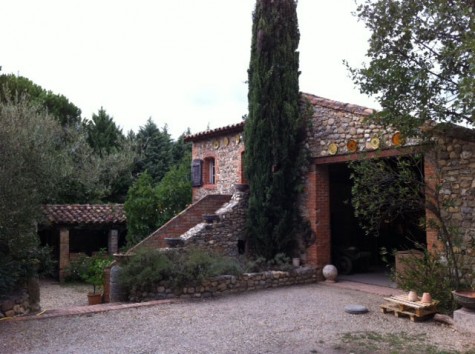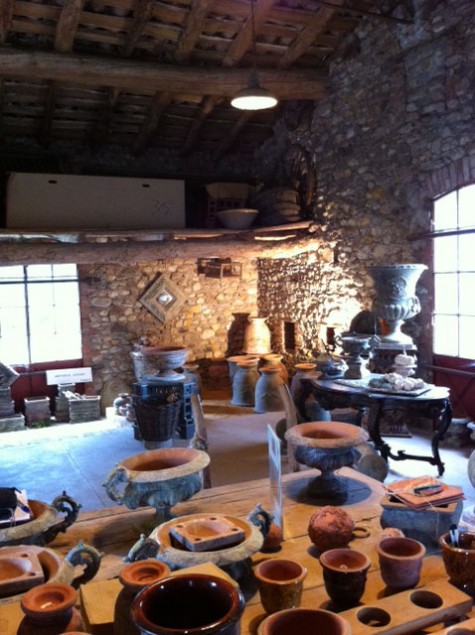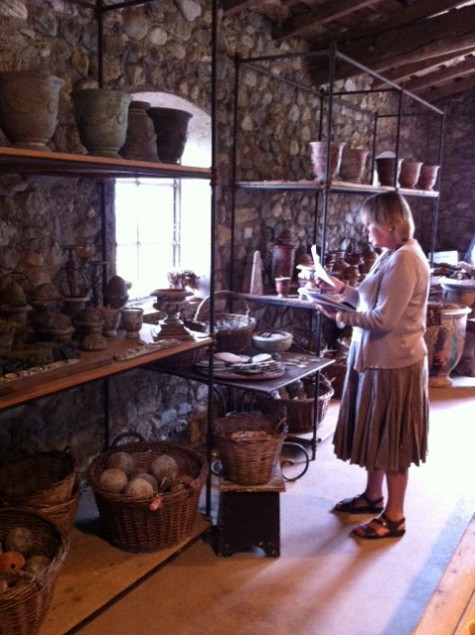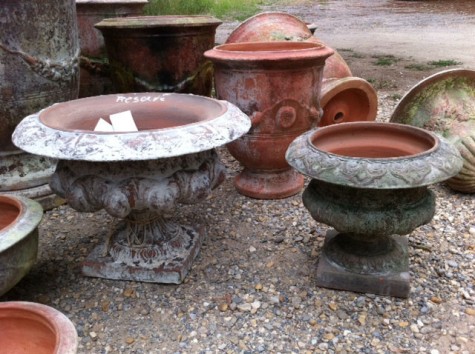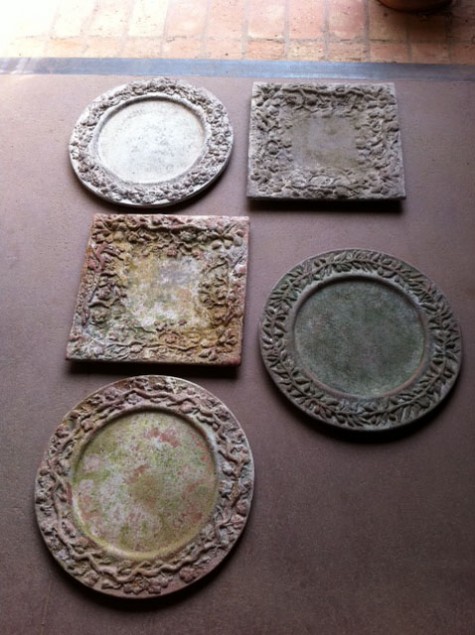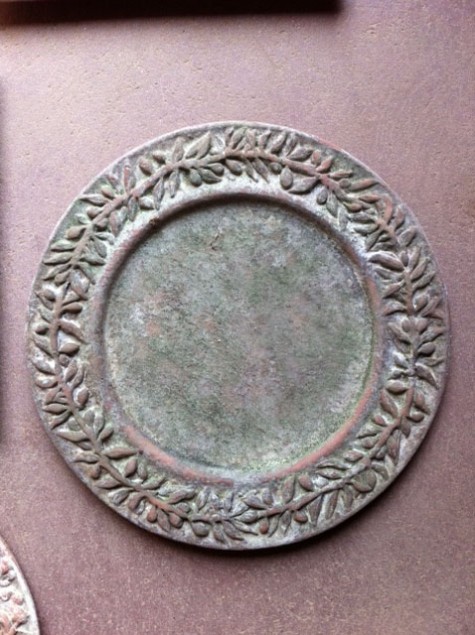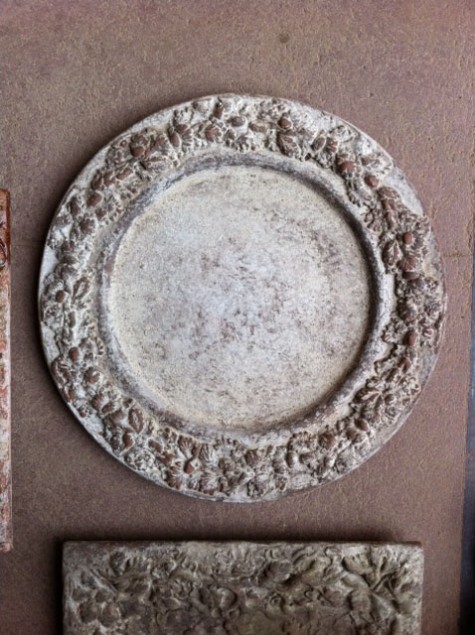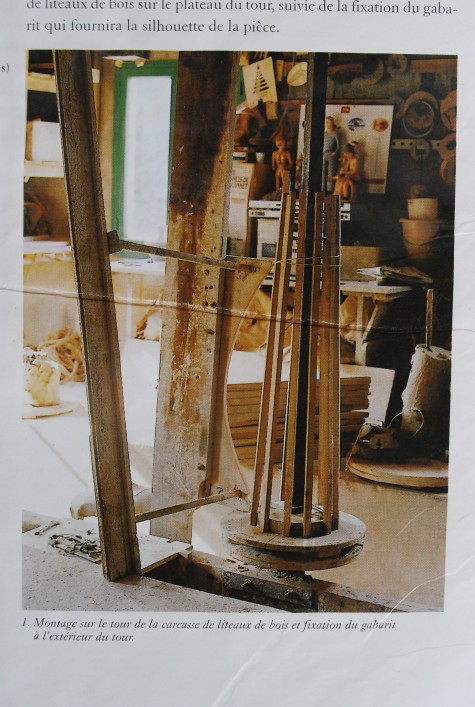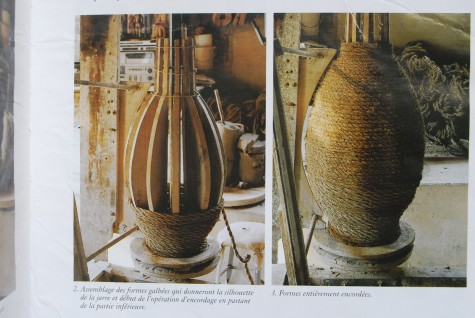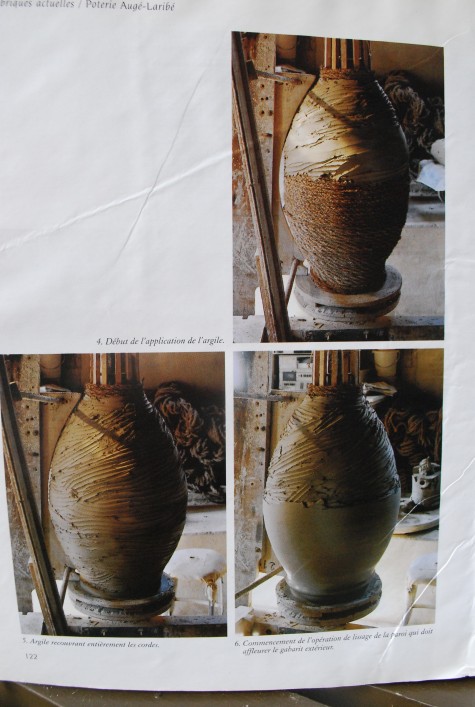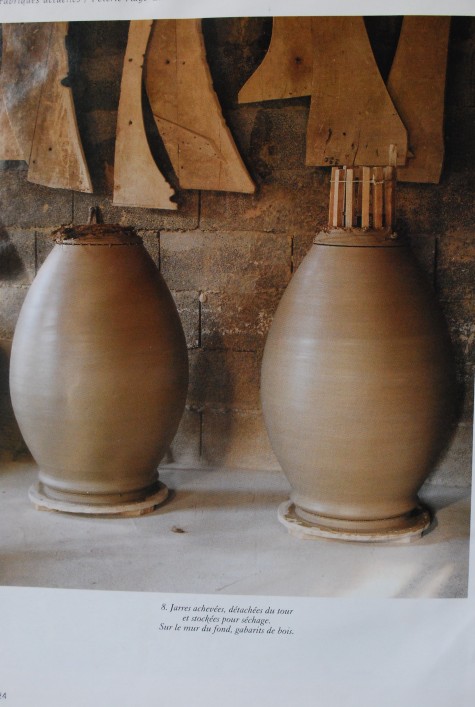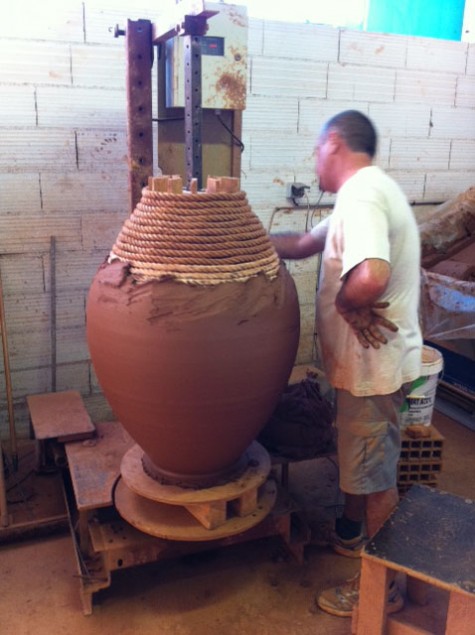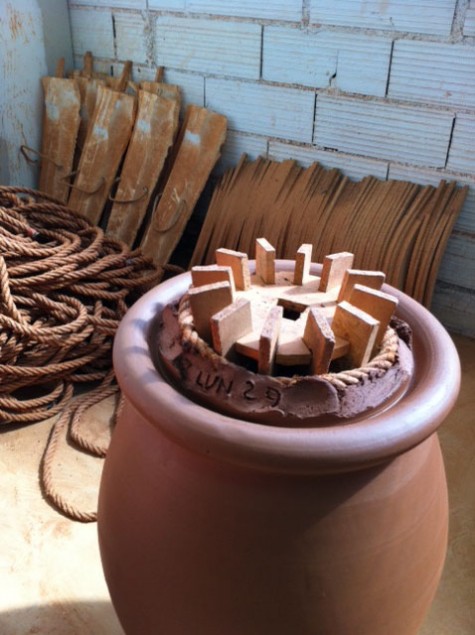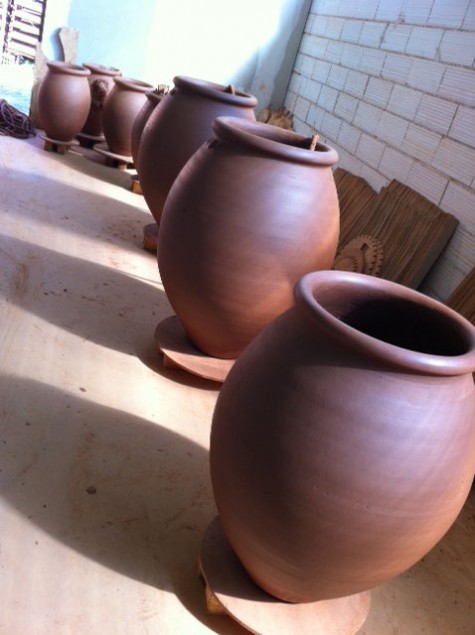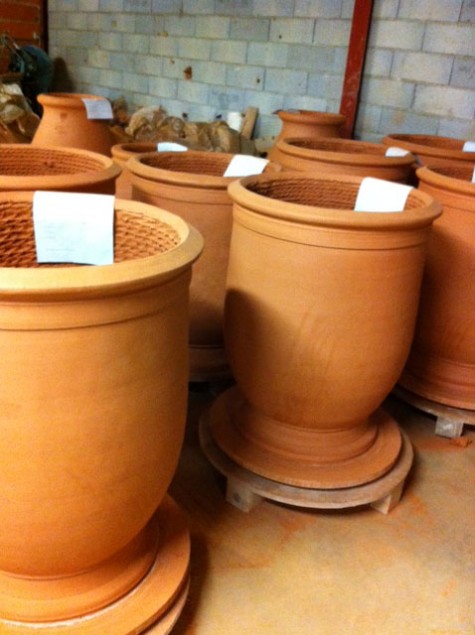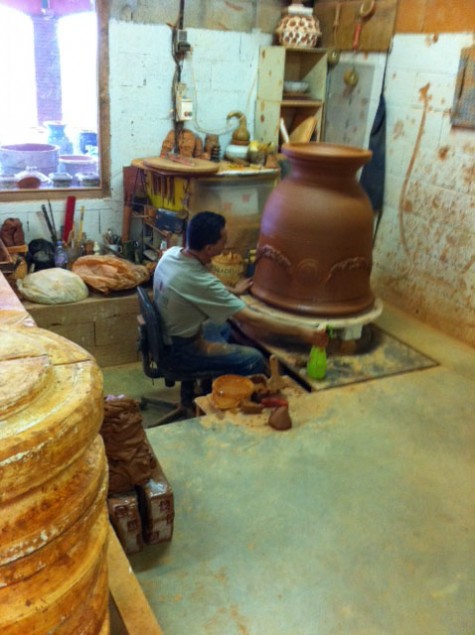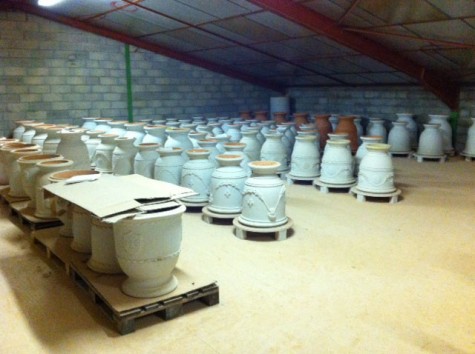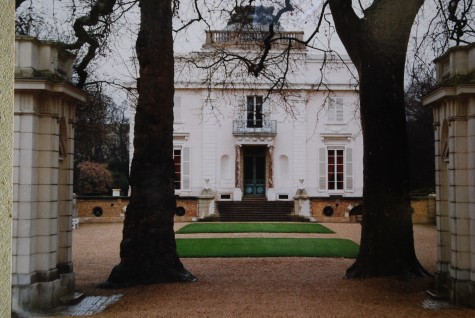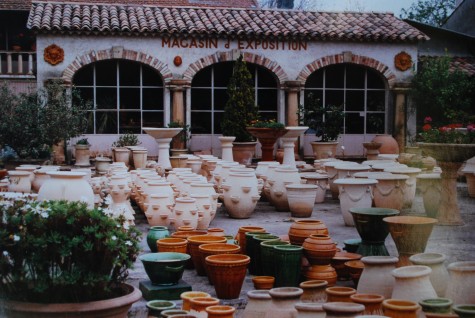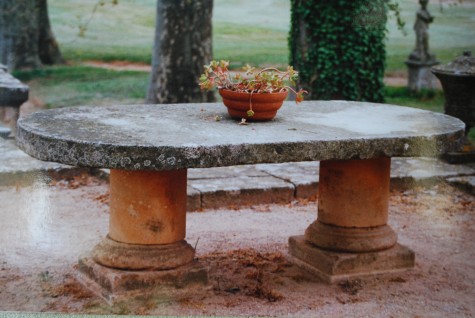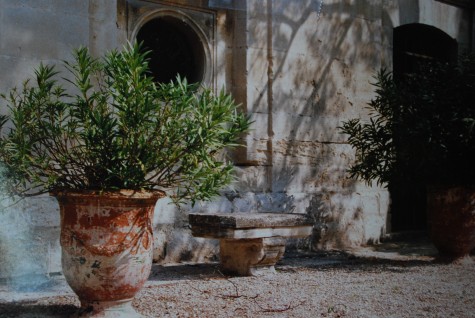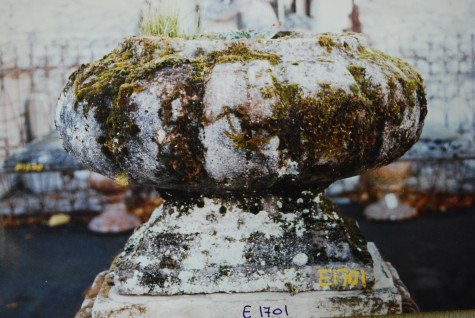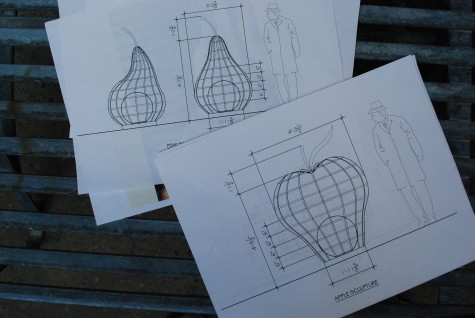 A Canadian city north of Toronto is in the process of updating its library and landscape. They have devoted some of their property to the development of a space suitable for a farmer’s market. I suspect they are interested in the library being a community center of sorts, which will attract lots of visitors-for lots of reasons. I like this idea. I do think libraries are very important. Books tell stories, and teach. Libraries give anyone, everyone, access to books. What is written or pictured in books is priceless-they are in a way the sum total of our knowledge and our art. Farmer’s markets are another community icon-over the growing of fruits, vegetables, and flowers. Much of the fabric of a family is woven over shared meals. This is the sum total of our community. I place as much value on this as I do the works of Shakespeare. The landscape architect commissioned four steel sculptures which will be placed in the new market area landscape. He was intrigued by Buck’s strap steel spheres, and wanted sculptures in that manner to represent fruits and vegetables.
A Canadian city north of Toronto is in the process of updating its library and landscape. They have devoted some of their property to the development of a space suitable for a farmer’s market. I suspect they are interested in the library being a community center of sorts, which will attract lots of visitors-for lots of reasons. I like this idea. I do think libraries are very important. Books tell stories, and teach. Libraries give anyone, everyone, access to books. What is written or pictured in books is priceless-they are in a way the sum total of our knowledge and our art. Farmer’s markets are another community icon-over the growing of fruits, vegetables, and flowers. Much of the fabric of a family is woven over shared meals. This is the sum total of our community. I place as much value on this as I do the works of Shakespeare. The landscape architect commissioned four steel sculptures which will be placed in the new market area landscape. He was intrigued by Buck’s strap steel spheres, and wanted sculptures in that manner to represent fruits and vegetables.
 I think Buck must have more clamps than any other artisan on the planet. When he is welding steel straps to one another, every piece must be clamped into place before he fires up that torch. Before the clamps came out, he did a series of drawing based on the architect’s specifications. Once the drawings were approved, he printed the vertical steel ribs on a plotter exactly the size they would be in the finished sculpture. These drawings were 20 times the size of what comes out of my printer. The steel could be laid to the paper, and bent in the proper arc.
I think Buck must have more clamps than any other artisan on the planet. When he is welding steel straps to one another, every piece must be clamped into place before he fires up that torch. Before the clamps came out, he did a series of drawing based on the architect’s specifications. Once the drawings were approved, he printed the vertical steel ribs on a plotter exactly the size they would be in the finished sculpture. These drawings were 20 times the size of what comes out of my printer. The steel could be laid to the paper, and bent in the proper arc.
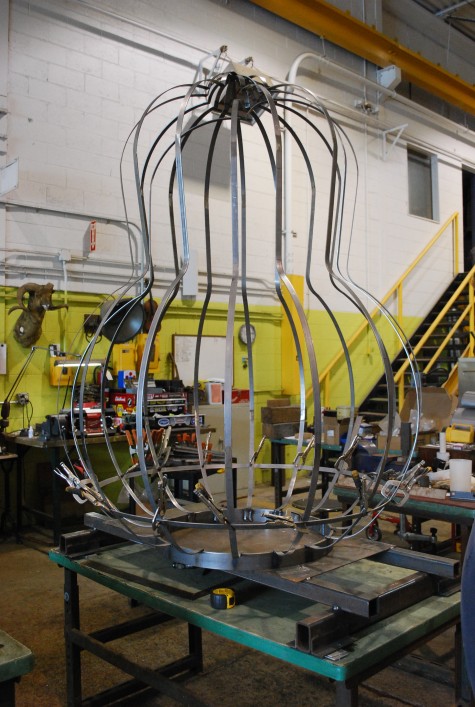 The vertical ribs were bent in a 3-axis vertical roller. The steel may appear slight in these pictures, but steel is very strong. It cannot be bent evenly in a prescribed curve without a mechanical slip roller. Each vertical rib was welded to a 24″ diameter steel base. The sculptures will be installed over a light fixture which will illuminate the sculptures at night; this base will accomodate that light.
The vertical ribs were bent in a 3-axis vertical roller. The steel may appear slight in these pictures, but steel is very strong. It cannot be bent evenly in a prescribed curve without a mechanical slip roller. Each vertical rib was welded to a 24″ diameter steel base. The sculptures will be installed over a light fixture which will illuminate the sculptures at night; this base will accomodate that light.
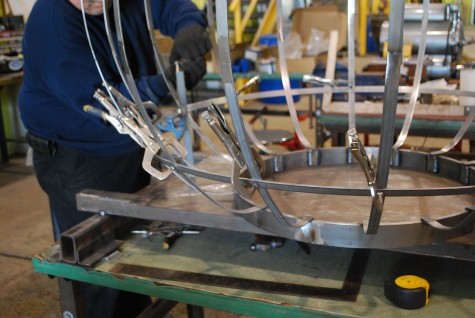 The vertical ribs were bent to exactly match the curves indicated on the drawings. The hroizontal ribs-now the fabrication gets very difficult. The horizontal ribs needs to be rolled in circular shapes to start. But in order for those ribs to lay flat on the vertical ribs, they needed a second rolling. A rolling that expresses the cant. You see how this lowest rib lays flat against the vertical rib-there were multiple steps getting the steel to perfectly mimic this shape.
The vertical ribs were bent to exactly match the curves indicated on the drawings. The hroizontal ribs-now the fabrication gets very difficult. The horizontal ribs needs to be rolled in circular shapes to start. But in order for those ribs to lay flat on the vertical ribs, they needed a second rolling. A rolling that expresses the cant. You see how this lowest rib lays flat against the vertical rib-there were multiple steps getting the steel to perfectly mimic this shape.
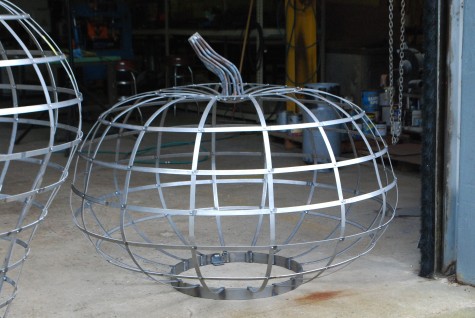 This strap steel pumpkin is a low oval shape, without many clues as to its identity. Strap steel does not lend itself to delicate gestures. The curved stem is a signature.
This strap steel pumpkin is a low oval shape, without many clues as to its identity. Strap steel does not lend itself to delicate gestures. The curved stem is a signature.
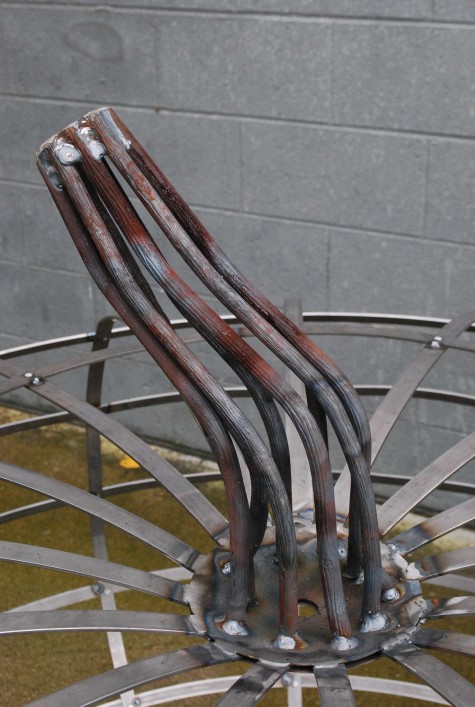 The raw steel shows all of the welds, and the streaks that come from high heat. The stem is constructed from vineyard bar-steel embossed with the pattern of grape vines. All of the construction marks will disappear, once the piece gets its finish. Sculpting in steel is exhausting work. Buck came home plenty of nights to tell that this sculpture was just about to get the best of him. Every moment is consumed with handled the weight and changing its shape with high heat and electricity. This stem will make the identity of this sculpture easy.
The raw steel shows all of the welds, and the streaks that come from high heat. The stem is constructed from vineyard bar-steel embossed with the pattern of grape vines. All of the construction marks will disappear, once the piece gets its finish. Sculpting in steel is exhausting work. Buck came home plenty of nights to tell that this sculpture was just about to get the best of him. Every moment is consumed with handled the weight and changing its shape with high heat and electricity. This stem will make the identity of this sculpture easy.
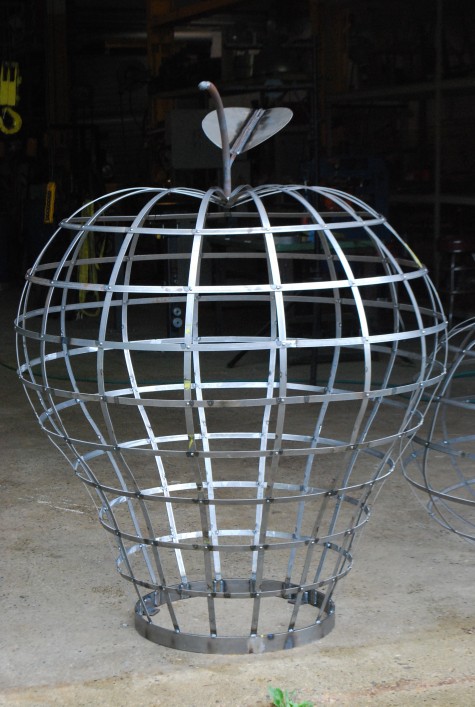 The apple is tall and gracefully curved. I will confess it reminded me of a hot air balloon-until he attached the stem and leaf. Poof-apple here.
The apple is tall and gracefully curved. I will confess it reminded me of a hot air balloon-until he attached the stem and leaf. Poof-apple here.
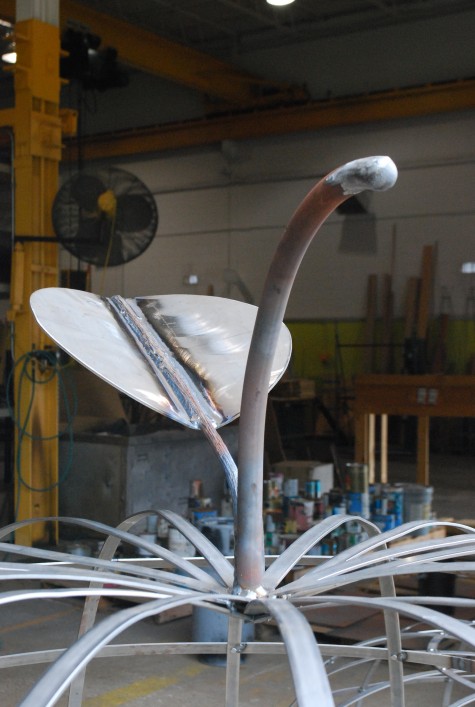 It interests me that these very abstract shapes got a representational identity boost with something so simple as a stem and a leaf. This part of the sculptures was more about sculpting than recreating a paper based drawing in steel.
It interests me that these very abstract shapes got a representational identity boost with something so simple as a stem and a leaf. This part of the sculptures was more about sculpting than recreating a paper based drawing in steel.
 This squash is almost 6 feet tall. Imposing, this. No stem was called out. I think it will hold its own just fine.
This squash is almost 6 feet tall. Imposing, this. No stem was called out. I think it will hold its own just fine.
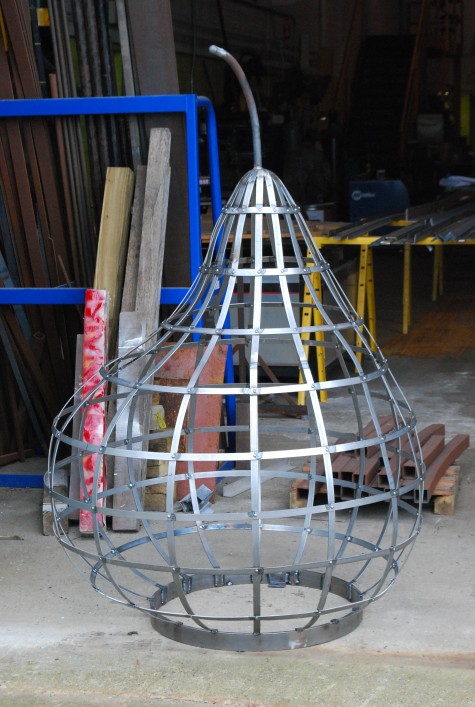 The pear was the bear. The shape is not in the least bit symmetrical. At some point, I saw Buck and Dan throw their drawings away, and fabricate by instinct. Drawing this shape may be easy-making it takes a world of time and trouble. I am sympathetic. There are times that I need to leave the landcape plan in the car, and just dance.
The pear was the bear. The shape is not in the least bit symmetrical. At some point, I saw Buck and Dan throw their drawings away, and fabricate by instinct. Drawing this shape may be easy-making it takes a world of time and trouble. I am sympathetic. There are times that I need to leave the landcape plan in the car, and just dance.
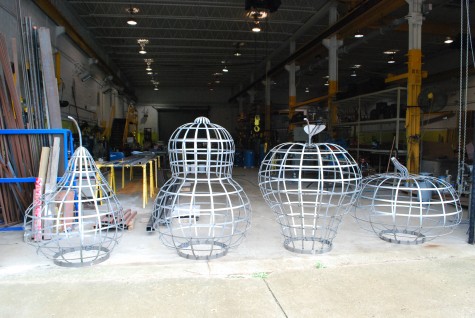 Tomorrow these raw steel sculptures will enter the first phase of finishing. I promise to post pictures of the final finish, before they are crated and shipped. This is a quick visual on the way to a finished sculpture. Buck and his group turn out some very fine pieces-yes.
Tomorrow these raw steel sculptures will enter the first phase of finishing. I promise to post pictures of the final finish, before they are crated and shipped. This is a quick visual on the way to a finished sculpture. Buck and his group turn out some very fine pieces-yes.
